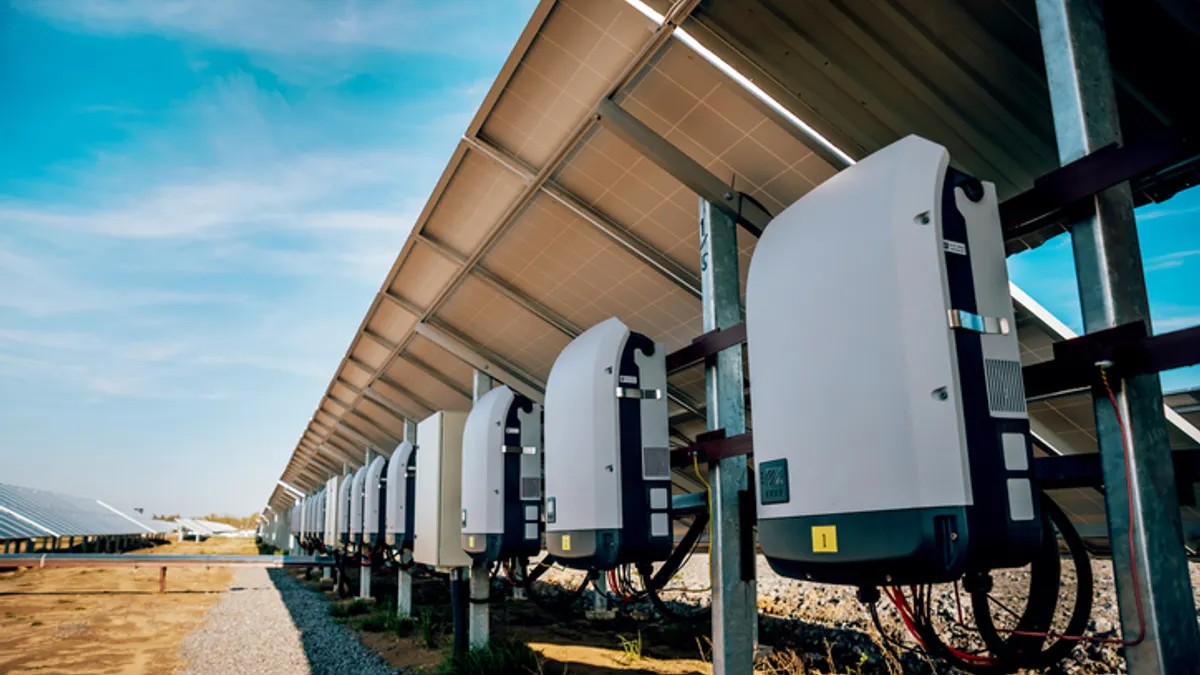Dive Brief:
- The Environmental Protection Agency (EPA) has unveiled its proposed rule to regulate carbon dioxide emissions from existing power plants.
- The draft rule will seek a 30% reduction of CO2 emission by 2030, according to the EPA.
Dive Insight:
The rule's 30% reduction target will be based on emissions levels from 2005, a particularly high emissions year. Had the EPA selected 2012, for example, as its base year, the 30%-by-2030 CO2 emissions reduction target would have been even more significant.
The EPA has proposed the emissions target as a national average. By taking a wholesale approach and regulating CO2 emissions beyond the smokestack, the EPA will allow individual states to "develop plans to meet state-specific goals [...] and gives them the flexibility to design a program that makes the most sense for their unique situation," according to a news release.
Energy efficiency, demand response, renewables, converting coal plants to natural gas, and environmental upgrades to power plants have all been touted as feasible compliance options in the lead-up to the rule's announcement.














